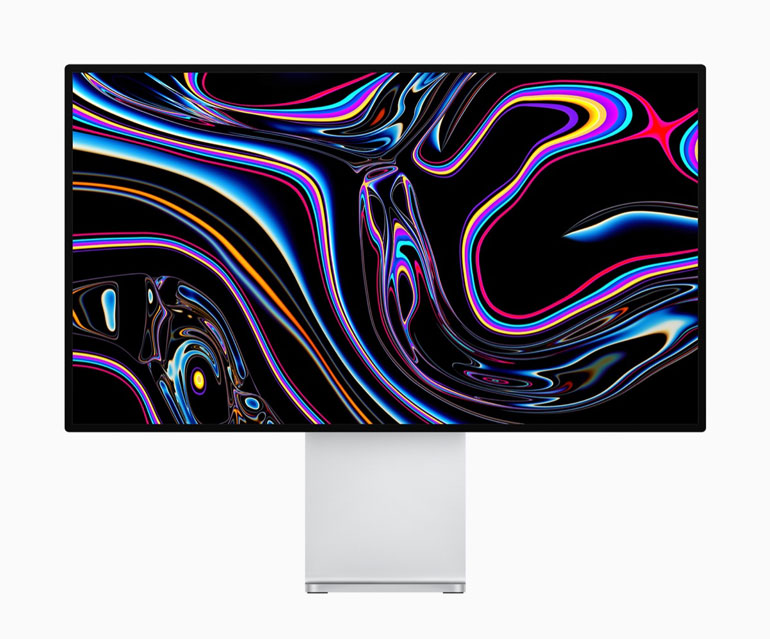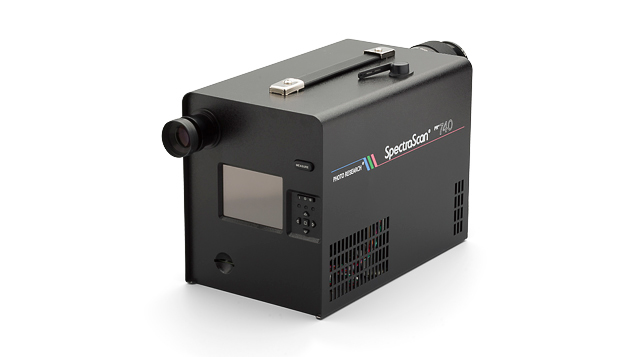Apple Pro Display XDR Custom Hardware Calibration

Nearly a year after its release, custom hardware calibration comes to Apple’s Pro Display XDR. Targeted towards the professional video community, one of the criticisms leveled at the display has been the inability to perform any sort of hardware field calibration.
Apple’s claim that “every Pro Display XDR is shipped with state-of-the-art factory calibration with laboratory grade instrumentation” was met with some skepticism among the pro community, and mixed results when evaluated for use in high-end, calibrated, color grading suites that rely on reference displays for accuracy when grading critical work.
Calibrating the Pro Display XDR requires MacOS Catalina 10.15.6 or later, as well as display firmware update v4.2.30, and one of the following spectroradiometers: Photo Research SpectraScan PR-740, PR-745, or PR-788, or the Colorimetry Research CR-300.

The calibration is managed through Apple’s Pro Display XDR Calibrator, available as a free download. Instructions and best practices are available on the Apple Support web site. Apple also provides a series of QuickTime Test Patterns for pre and post-calibration measurement of the display.
The Pro Display ships with 11 factory preset reference modes including Rec. 709 and several flavors of Digital Cinema and HDR video. Calibration is applied to the most frequently used reference mode with the ability to fine-tune calibration for other reference modes if necessary.
Fine-tune calibration has been available since display firmware update 3.3.23 was released in May 2020 and allows the user to adjust white point and luminance. Factory default settings can be restored at the push of a button.
Adam Goldfine -DNA Cinema Services
After graduating from New York University’s Tisch School of the Arts, Adam landed his first professional film job working as a production assistant on Crocodile Dundee. As his skills and talent grew he began working as a lighting director, camera operator, and director of photography. His first feature film, Black Lights, White Shadows, gained international acclaim and attention and launched a career that includes 18 feature films, 15 feature length television projects and dozens of music videos, commercials, short films, and documentaries. He later ventured into the world of visual effects working for Academy Award Winner William Mesa, long considered one of the most innovative visual effects directors in the industry. He currently runs DNA Cinema Services, a boutique production company based in Phoenix, AZ.
Notable clients include CBS Studio Center, Panavision Hollywood, Polygram Filmed Entertainment, Wyle Electronics, HBO Films, Rysher Entertainment, MTV, CBS Television, NBC Television, PBS, Film Four – London, Warner Brothers Records, Atlantic Records, Sony/Columbia Records, Lucas Film, Paramount Pictures, EUE Screen Gems, Nintendo, Exxon, Estee Lauder and Drexel Burnham Lambert. He has worked with well known industry figures George Lucas, Tom Hanks, Paul Newman, Dennis Hopper, Kevin Pollak, Anthony LaPaglia, Paul Simon, Jillian Murray, and many others.